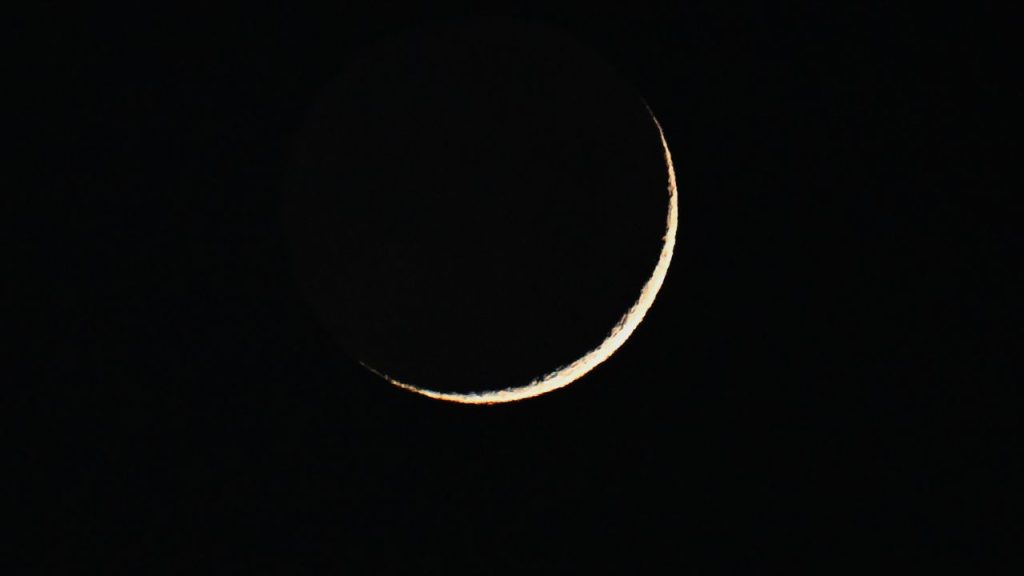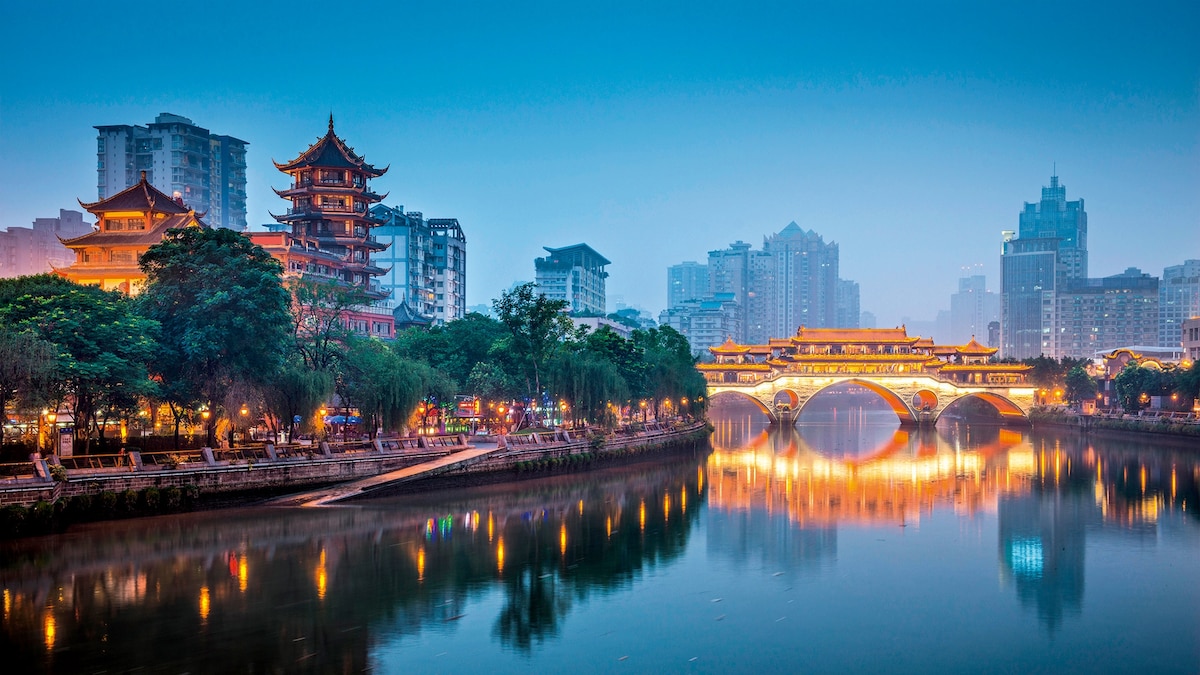Now Reading: Casablanca: A Moroccan Paradise for Architecture Enthusiasts
1
-
01
Casablanca: A Moroccan Paradise for Architecture Enthusiasts
Casablanca: A Moroccan Paradise for Architecture Enthusiasts

Speedy Summary
- Casablanca, Morocco’s most populous city, boasts a rich history and diverse architectural heritage shaped by Amazigh settlers, Portuguese colonizers, Moroccan rulers, French developers, and modern influences.
- Significant landmarks include the Hassan II Mosque overlooking the Atlantic Ocean and a mix of neo-Moorish buildings such as La Poste Centrale and L’Église du Sacré Coeur.
- The Quartier Habbous district offers artisanal shops selling crafts and pastries like kaab el ghazal. Recent urban developments blend historical renovations with modern cultural attractions.
- Petit Paris features transformed art deco sites like Royal Mansour Casablanca hotel and iconic cinemas Ciné-théâtre Lutetia and Cinema Rialto reflecting casablanca’s cinematic past.
- Annual cultural events such as Jazzablanca, Alif Festival, and L’Boulevard showcase local music genres like Moroccan rap alongside breakdancing performances at Villa des Arts gallery.
- street art flourishes in areas like Nevada Skatepark; avant-garde murals are common along promenades highlighting creative expression in public spaces.
- The medina provides quieter cobbled streets filled with food vendors offering local specialties including tagines at restaurants Dar DaDa or Saveurs du Palais-guided culinary tours are available via Taste of Casablanca.
Indian Opinion Analysis
The layered narrative of transformations in Casablanca’s history reveals how global trade flows influence urban advancement long-term-a concept relevant to Indian cities undergoing rapid modernization under ambitious infrastructure projects (e.g., Smart Cities Mission). Like Morocco rebranding intact traditions thru tourism cross-synergy parallels historic influences nuanced architected both culturally-business attracts crowd
Additionally –
Stay Informed With the Latest & Most Important News
Previous Post
Next Post
Loading Next Post...























